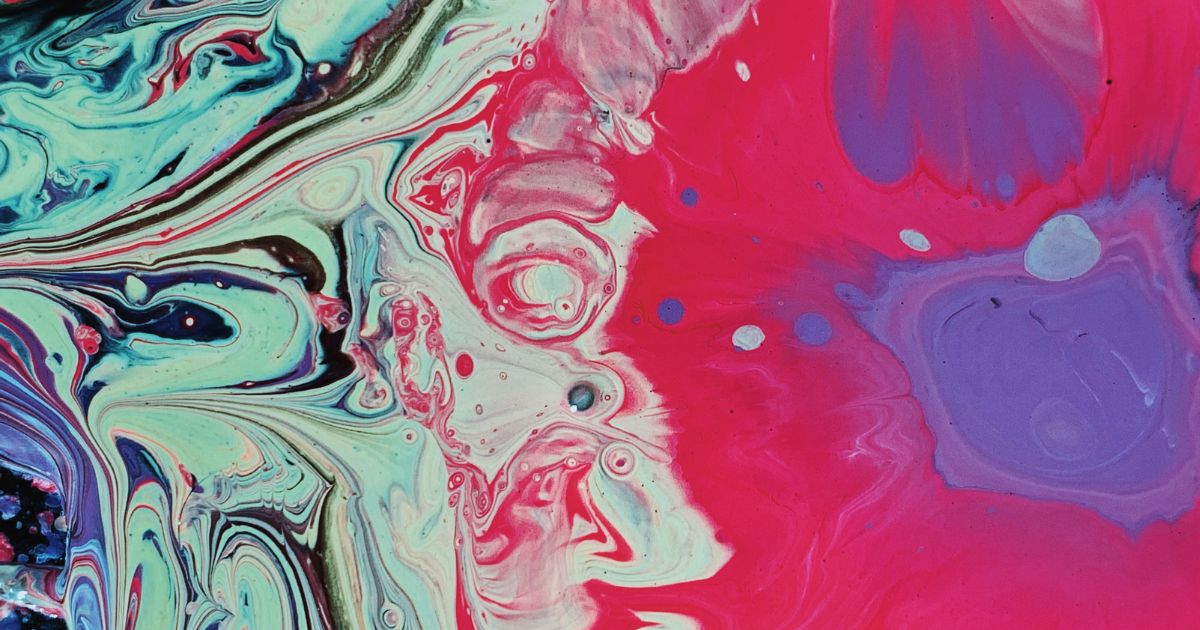Liquin is a product made by Winsor & Newton that is designed to make oil painting easier. It can be used to speed up the drying time of oil paint, make the paint more fluid, and increase the glossiness of the finished painting. Here are some tips on how to use liquin with oil paints.
How to use Liquin Medium in Oil Painting
- Squeeze a small amount of liquin onto your palette
- Dip your brush into the liquin and then into your chosen oil paint
- Apply the paint to your canvas as usual
- Repeat steps 2 and 3 until you have the desired effect
Liquin vs linseed oil
Liquin and linseed oil are two popular oil painting mediums. They both have their pros and cons, so it’s important to choose the right one for your painting. Liquin is a synthetic medium that dries quickly and is less likely to yellow over time.
It also has a higher gloss finish. However, it can be difficult to control the drying time and it can be toxic if inhaled. Linseed oil is a natural medium that dries more slowly than Liquin.
It has a lower gloss finish and is more likely to yellow over time. However, it is non-toxic and easy to control the drying time. So, which one should you choose?
It depends on your painting style and what you’re looking for in a medium. If you want a quick-drying medium with a high gloss finish, Liquin is a good choice. If you want a non-toxic medium that dries more slowly, linseed oil is a better choice.
What is Liquin used for in oil painting?
Liquin is a brand of oil painting medium made by Winsor & Newton. It is a clear, colorless oil that dries quickly and is used to speed up the drying time of oil paint. It can also be used to thin paint, make it more transparent, and to create a glossy finish.
Can you oil paint over Liquin?
Yes, you can oil paint over Liquin, as it is an oil-based product. However, you need to be aware of a few things before you start. First, Liquin is a drying agent, so it will make your paint dry faster.
This means that you need to work quickly when using it, as your paint will start to set before you know it. Second, Liquin is quite thin, so you need to be careful not to put too much on your brush. Otherwise, you will end up with a runny mess.

Third, Liquin can make your paint look a bit glossy. If you don’t want this effect, you can mix it with matte medium, or you can simply use a different product altogether. Fourth, Liquin can yellow over time.
If you want to avoid this, you can either use a different product, or you can mix it with titanium white. Overall, Liquin is a great product to use if you want to speed up the drying time of your paint. Just be sure to work quickly, and to be careful not to put too much on your brush.
If you’re not careful, you could end up with a runny, yellow mess!
Can I use Liquin instead of linseed oil?
Liquin is a brand of linseed oil, so it can be used as a substitute for linseed oil. Liquin is a drying oil, so it will speed up the drying time of your paint. It is also less likely to yellow over time than linseed oil.
How do you use Liquin liquid?
Liquin is a brand of clear, odorless, liquid gloss varnish. It is used to speed up the drying time of oil paint, and to give the paint a high-gloss finish. It is also used as a medium, to thin oil paint and to make it more flowable.
To use Liquin, simply add a small amount to your oil paint and mix it in. The amount you need will vary depending on the effect you are going for and the paint you are using. A little goes a long way, so start with a small amount and add more as needed.

Once you have mixed Liquin into your paint, it will dry more quickly than usual. This is because the Liquin evaporates quickly, taking the water with it and leaving the oil behind. The paint will also have a more glossy finish.
If you are using Liquin as a medium, you can mix it with oil paint in any ratio you like. If you want a very thin paint, you can use a higher ratio of Liquin to paint. If you want a thicker paint, you can use a lower ratio.
Liquin can also be used to clean oil paint brushes. Simply dip your brush into the Liquin and then wipe it on a paper towel. The Liquin will dissolve the paint and leave your brush clean.
Conclusion
Liquin is a quick-drying solvent used by artists to thin and speed the drying time of oil paints. It is also used to create glazes and to increase the transparency of colors. While Liquin is convenient and can speed up the painting process, it is important to use it sparingly and to be aware of its potential drawbacks.
When adding Liquin to oil paint, it is important to start with a small amount and increase as needed. Adding too much Liquin can make paint difficult to work with and can alter the color of the paint. Liquin can also make paint brittle and increase the risk of cracks forming as the paint dries.
artists should be aware of the potential drawbacks of using Liquin.










